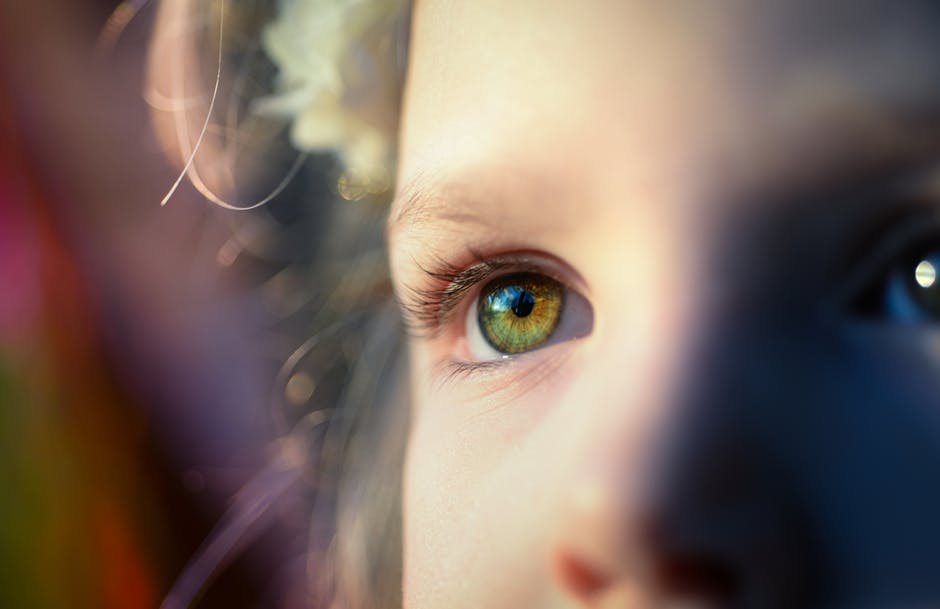This is a sponsored guest post.
According to a report published by WHO, ‘It is estimated that bilateral blindness was present in 4.5 million people with primary open angle glaucoma (POAG) and 3.9 million people with primary angle closure glaucoma (PACG) in 2010, it is predicted this will rise to 5.9 million and 5.3 million people in 2020.

These are not just general statistics mentioned above, but these are 4,500,000 pairs of eyes that we are talking about. Which, if ignored, might be facing severe adverse eye conditions and even irreversible loss of vision.
Why should you be concerned about Glaucoma?
So, glaucoma is a group of eye diseases that damage the optic nerve which is the core connection of the eyes with the brain. An optic nerve can be considered as a signal decoder which helps in translating the signals that are sent from the brain to the optic nerve and are then transformed in images that we see from the naked eye.
If left untouched, glaucoma can cause irreversible vision loss in a person’s peripheral vision. While peripheral vision is not as sharp as central vision, it is more sensitive to light and motion and helps us detect events to the side, even when we’re not looking in that direction. Furtherly, it can also affect a person’s central vision leading to more severe issues that can further harm your reading ability and ultimately lead to permanent loss of vision.
Are you at Risk?
Well, as mentioned earlier, glaucoma is a collective result of eye diseases, but there are other factors also which might be related to the causes for a person to develop this eye disease.
Ageing – Well, ageing is a condition which in itself is irreversible and brings a number of harsh realities with it, one of them being glaucoma. It has been recommended that people should start taking regular eye exams after they hit their forties as this the age when people may witness changes in vision.
Family History – According to a study, individuals with a parent or sibling with glaucoma, are nine times more vulnerable to develop this disease.
African or Hispanic – Glaucoma can also critically affect people from African or Hispanic backgrounds, and they are three times more vulnerable to get this disease.
Type 2 Diabetes – The longer a person has lived with diabetes, the higher the risk of them getting the visually impairing disease.
Be Aware of your Personal Risk
Approximately 2.7 million Americans have the potentially blinding eye disease glaucoma, but only half are aware of it. Researchers predict that glaucoma will affect as many as 6.3 million Americans by 2050. ‘Ignorance is bliss’, but glaucoma never stops and cannot be compared with any other disease that can be cured over time.
The shocking take-home here is that glaucoma has no noticeable symptoms in its early stages so it is imperative for people to know that what they are dealing with. It is a must for people to get it diagnosed and get an eye ultrasound done. It is the first step to get aware of the problem in hand and can save you from losing your eyesight.
Glaucoma is the second leading cause of blindness making it a condition that should not be left ignored. However, people should not take anything related to glaucoma lightly and should get an eye ultrasound done which is the only trusted way to diagnose this severe progressive eye disease. It’s said that prevention is better than cure and in the current scenario it can save a person’s ability to see which in itself can make or break lives.



